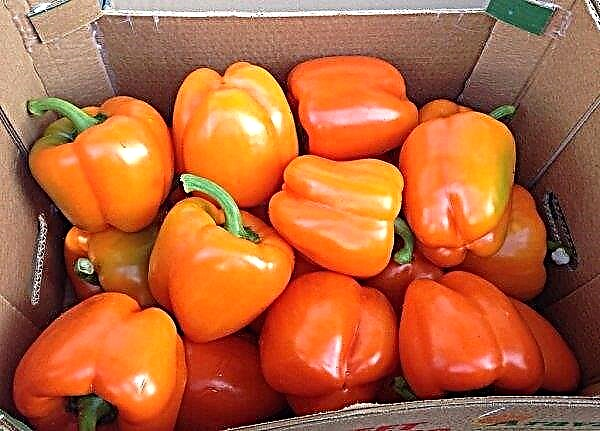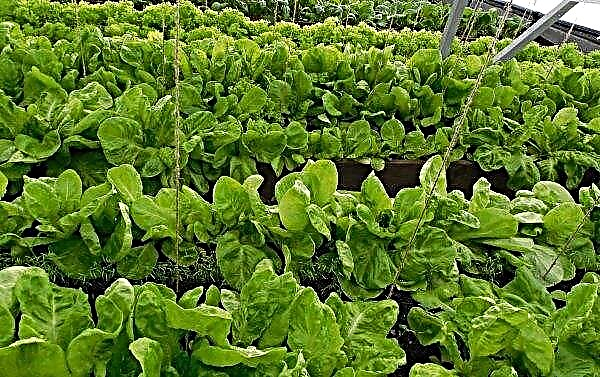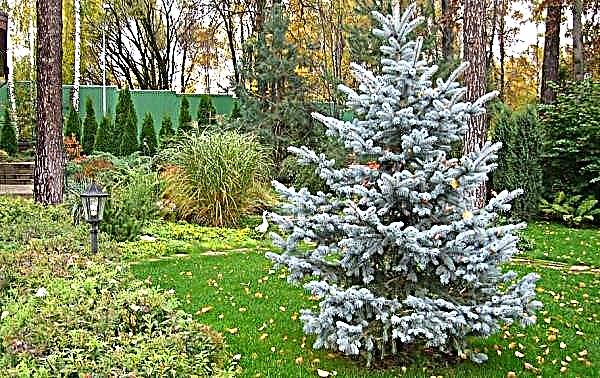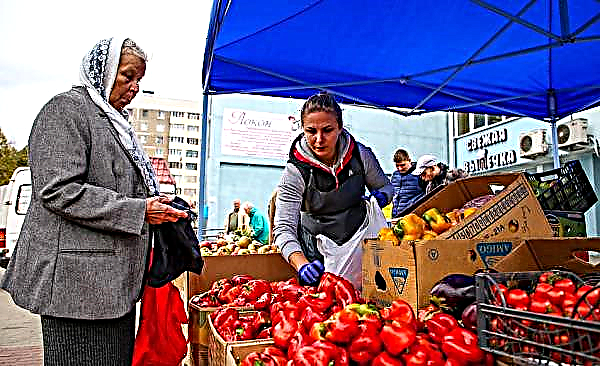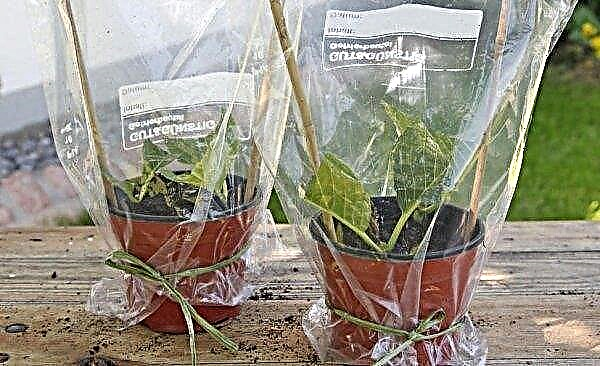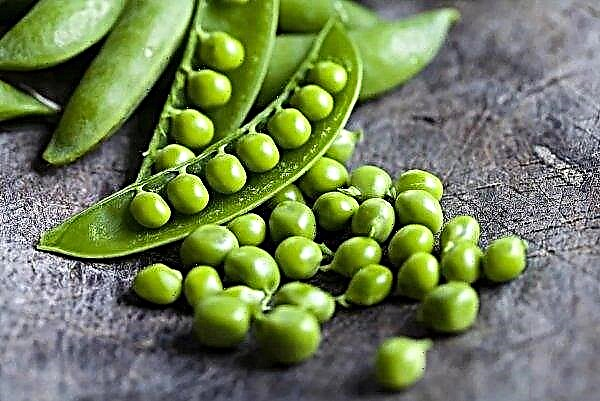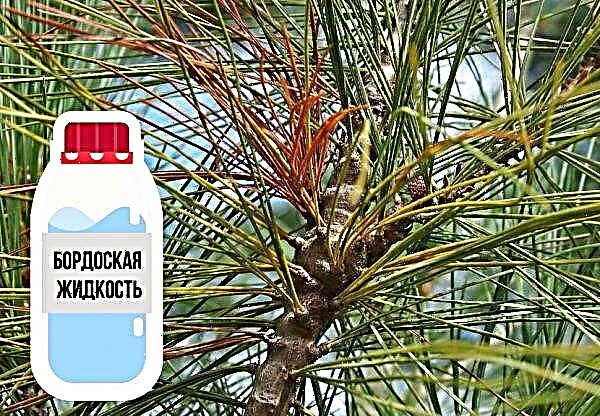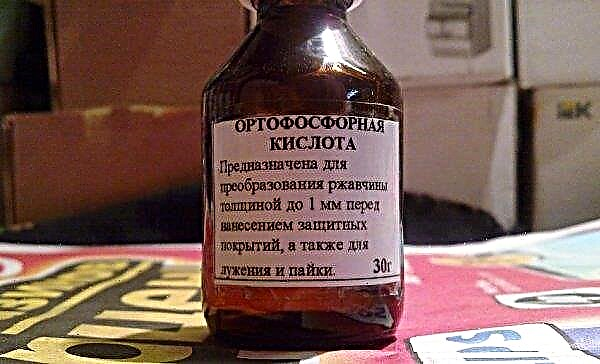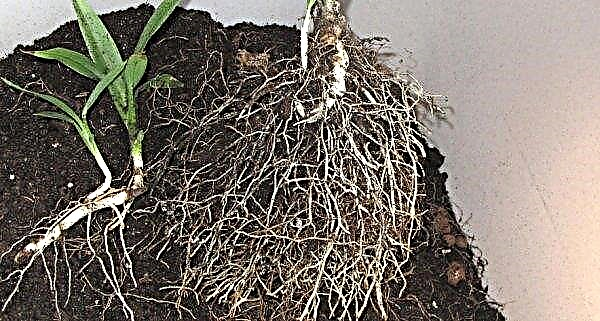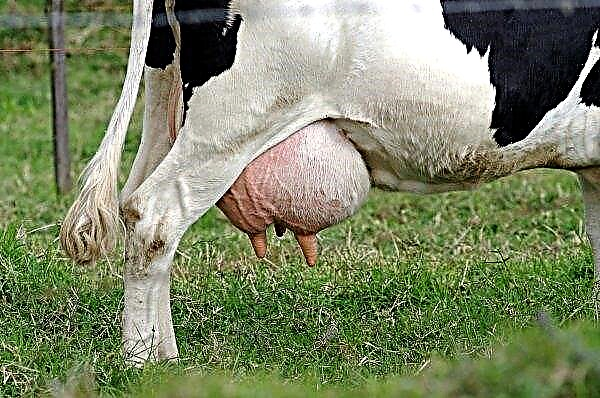All poultry farmers want to get eggs year-round. But in winter it is much more difficult than in summer. We have to make a lot of effort so that the chickens give eggs in the cold, but this does not always give good results. In order to learn how to regulate egg production at any time of the year, it is necessary to find out the factors that influence this process. And how to get the desired number of fresh eggs in winter and summer, we will tell below.
The importance of the right temperature in the chicken coop
The microclimate in the chicken coop is of great importance. And maintaining an acceptable temperature is important, as low rates negatively affect bird health.
Too low or elevated temperatures have an extremely negative effect on egg production and product quality. At high temperatures (above +27 ° C), the eggs will be thinly shelled. In addition, at high rates, the laying organism first reduces the egg mass, and then completely ceases to rush. The bird gets rid of unnecessary heat by exhaling water vapor. If the stomach is full of moisture, then the chicken cannot consume a lot of food, and, as a result, loses the nutrients necessary for the production of eggs. If the hot period is delayed, then this may affect the total annual egg production. At low rates, the chicken has to spend more energy on heat production, and it can completely stop giving eggs.
The bird gets rid of unnecessary heat by exhaling water vapor. If the stomach is full of moisture, then the chicken cannot consume a lot of food, and, as a result, loses the nutrients necessary for the production of eggs. If the hot period is delayed, then this may affect the total annual egg production. At low rates, the chicken has to spend more energy on heat production, and it can completely stop giving eggs.
Important! At +5 ° C, egg production is reduced by 12—15%, and when increased to +30 ° C and above - by 28—30 %.
What temperature should be in the chicken coop?
Only when maintaining the temperature regime can a good condition of the bird and its performance be maintained. The permissible temperature for laying hens is +5 ... + 28 ° C, the optimum is +10 ... + 25 ° C. To regulate it, a thermometer is installed in the chicken coop. In winter, the thermal regime is permissible within +10 ... + 18 ° C. In summer, the heat level in the house should not exceed +27 ... + 30 ° C.
In winter, the thermal regime is permissible within +10 ... + 18 ° C. In summer, the heat level in the house should not exceed +27 ... + 30 ° C.
How to maintain optimal temperature?
Despite the chickens' love of heat, they also endure heat poorly and stop rushing. Therefore, it is important to maintain an acceptable temperature regime not only in winter, but also in hot summers.
Did you know? Gravel and small stones are simply necessary for chickens - they help grind whole grains in the stomach. And in the absence of such an "assistant" the bird can get cuticulitis.
Winter insulation methods
You need to prepare the chicken coop for wintering in advance, before the onset of the first cold weather. First of all, it is necessary to try to establish comfortable conditions so that frost and bad weather do not affect the way of life of hens and their productivity.
Wall insulation
Domestic chickens can catch a cold if they walked for a long time in the cold or in a strong wind. Drafts and icy drinking water negatively affect them. A favorable temperature can only be achieved when creating a warm, windproof room. The walls of the house are best built from thick logs and sheathed with boards from the outside. Today there are many ways to insulate walls. At the same time, all the cracks are sealed, the window openings and the door are insulated. As a heater for walls, the following materials are used:
Today there are many ways to insulate walls. At the same time, all the cracks are sealed, the window openings and the door are insulated. As a heater for walls, the following materials are used:
- Styrofoam;
- mineral wool;
- polystyrene foam;
- roofing material;
- old warm clothes or blankets.
Important! If water is frozen in the drinkers, this is the first sign of a drop in temperature below normal.
Ceiling and floor insulation
As a rule, to insulate the floor of the house, it is enough to equip a deep litter, which will subsequently turn into compost for fertilizers. First, slaked lime is poured onto the floor (1 kg per 1 sq. M), then the insulating substance (sawdust, large shavings, chopped reeds, peat, hay, straw, dry moss) is scattered with a layer of 5-8 cm. As as the litter will be trampled down, it is reported. By spring, the insulation layer will already be 25-30 cm. To maintain friability, the litter is occasionally torn with a pitchfork. The litter performs several functions: it maintains temperature, delays putrefactive decomposition of litter, and serves as an excellent insulation. If the top layer of the litter is very dirty, it can be replaced with a new one. The ceiling is made of wide beams, which are laid on the walls and fixed with forged brackets. On top of the bars are covered with 40 mm thick boards.
The litter performs several functions: it maintains temperature, delays putrefactive decomposition of litter, and serves as an excellent insulation. If the top layer of the litter is very dirty, it can be replaced with a new one. The ceiling is made of wide beams, which are laid on the walls and fixed with forged brackets. On top of the bars are covered with 40 mm thick boards.
Did you know? The yolk in the ovary of the chicken ripens for 2 weeks, and the egg itself in the oviduct forms for 21—27 hours.
Heating appliances
In winter, it is almost impossible to provide a favorable temperature without additional heating. Therefore, if the temperature in the coop drops below +10 ° C, artificial heaters must be used.
What form of heating should be used so that the hens rush in the winter, the owner decides. We will only give a few examples that can be used both separately and by combining devices. The most recognized are the following options for heating chicken coops:
- Infrared lamps. Many consider it to be the best way to heat, but when using them, there are subtleties - a drop of water falling on the device can damage it. At the same time, providing space heating in 10-12 square meters. m, such a device dries the gasket on the floor, does not burn oxygen, heating objects, not air. To maintain the required temperature, the lamp must be installed at a distance of 0.5-1 m from household items (feeders, drinking bowls, perches).
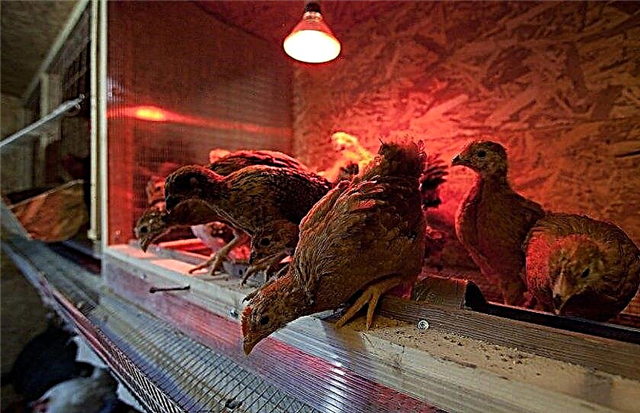
- Stove heating. It is a budget option for heating. A simple stove-potbelly stove will protect birds from temperature jumps. The disadvantage of this option is its fire hazard, the mandatory installation of hoods and insulation of hot parts from curious chickens. In addition, it is impossible to determine a stable temperature in the house, so constant monitoring will be required.

- Infrared heaters. A good, but uneconomical option for heating - they consume an impressive amount of electricity. To maintain the required temperature, such a heater must function continuously.
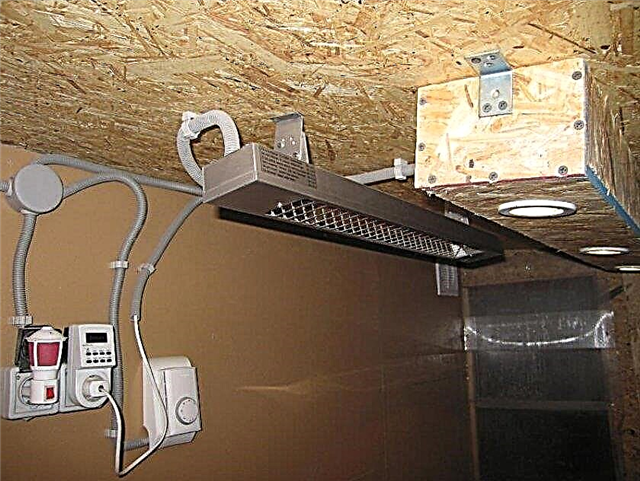
- Radiators Non-budget option. It is possible to adjust the temperature, but it will take some time to heat the device itself.
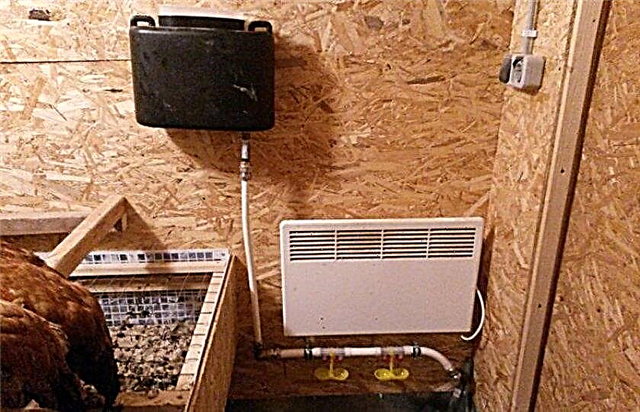
Summer cooling methods
At too high temperatures in the summer, the laying hen does not always give good results. If it is too hot outside, egg production is reduced. To prevent this from happening, a canopy is equipped on the walking platform. At the same time, it is advisable that the birds always have clean water.
To keep the chickens cool, it is recommended that you pour cool water on the coop floor from time to time. And in the sultry period, you can spray the birds from the spray.
Today you can come across such advice as installing an air conditioner in a chicken coop. But experienced poultry houses claim that air conditioning can only harm the bird: it easily catches a cold under it. Therefore, in the summertime it is recommended to arrange ventilation or equip a cooling system so that the chickens are not under a direct air stream.
Did you know? Many poultry houses claim that yogurt helps chickens escape from the heat and increases their productivity.
Useful Tips
Keeping chickens at home only at first glance seems complicated. In fact, this is a fairly simple process. Once you take care of a good-quality house with the necessary communications, it remains only to adhere to such recommendations:
- Observe density standards. For 4-5 layers, 1 square meter is required. m of space. In crowded areas, birds can experience stress and reduce egg production.
- Balanced feed. The diet must be observed both in winter and in summer.
- Organize walking. Without physical activity, birds quickly begin to gain weight and stop laying eggs. You can let out chickens for a short while in winter, on sunny days.

- Keep clean. Regular cleaning of the chicken coop, cleaning of feeders, and drinking bowls is the key to bird health. And from parasites, chickens are installed containers with ash or sand.
- Monitor temperature and humidity. If necessary, include additional heating or use cooling methods. And humidity should be in the range of 60-70%.
- Adjust daylight hours. Too long daylight hours, as well as too short, are reflected in egg production. The optimal time is 12-15 hours.
Important! When decaying, chickens produce vapors containing ammonia. The accumulation of these emissions can lead to poisoning and death of the bird. Therefore, it is necessary to ventilate the chicken coop even in cold weather.
Thus, organizing the right temperature in the house is an important aspect that should not be neglected. A favorable microclimate in the chicken coop is the key to success in breeding chickens and obtaining good productivity.






